It’s a popular herbicide that’s causing higher food prices, lowering crop yields and posing a major threat to the environment. Worse, the World Health Organization says it may be carcinogenic to humans. Meet glyphosate, the herbicide you’re probably eating.
Organic vs. non-organic. Frozen vs. fresh. More vegetables or that bag of chips.
As if there wasn’t already enough to worry about when you’re grocery shopping, there’s another danger that affects our food supply that most folks aren’t even aware of.
Ladies and gentlemen, meet herbicides and their deadliest ringleader, glyphosate.
Wait, what?
Today, most conventional crops (read: non-organic) are sprayed with Roundup, a trademarked herbicide sold by Monsanto. Developed in 1974, the herbicide is designed to allow farmers and home gardeners to kill weeds, grasses, and broadleaf plants growing in fields thanks to its active ingredient, a chemical called glyphosate.
Roundup is the most popular weed killer on the planet and, in 2014, it accounted for about a third of Monsanto’s $15.8 billion in sales. That’s because this stuff works.
It’s so effective, in fact, that it also kills the very crops farmers are trying to grow. Oops.
Not one to let their own product lead to the company’s demise, Monsanto introduced Roundup Ready crops AKA “glyphosate tolerant crops” in 1996. These Roundup-resistant crops meant that farmers could now indiscriminately spray their fields with the herbicide and control weeds without fear of hurting crops — a miracle product for farmers.
As you might imagine, sales of Roundup Ready crops took off. In 2014, they made up 94 percent of soybeans and 89 percent of corn. Between the two, these crops cover more than half of America’s farmland.
Superweeds and Higher Food Prices
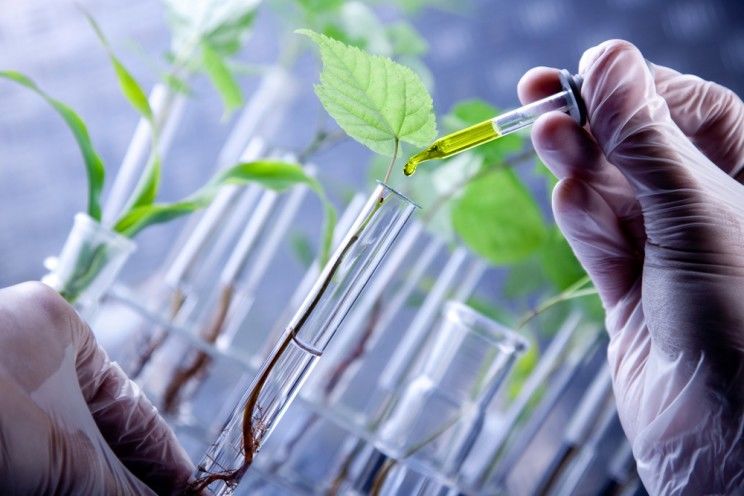
And these bad boys weren’t dying, even after being treated with Roundup.
And because survival of the fittest is real, all the superweeds that did survive being sprayed with glyphosate passed their survivor gene down the line, rendering Roundup (and glyphosate) useless in killing them.
Because Roundup-resistant crops now make up the majority of most crops in America, the attempts to protect them from superweeds can lead to higher food prices, lower crop yields, and more expensive, less environmentally-friendly techniques to combat them. Most alarming is that farmers are now being forced to turn to additional, more toxic herbicides to kill off the Roundup-resistant superweeds.
While it sounds like glyphosate definitely gives the short end of the stick to farmers, do glyphosate and herbicides like it affect the average consumer?
The resounding answer is yes.
Glyphosate is ‘Probably’ Cancer-Causing
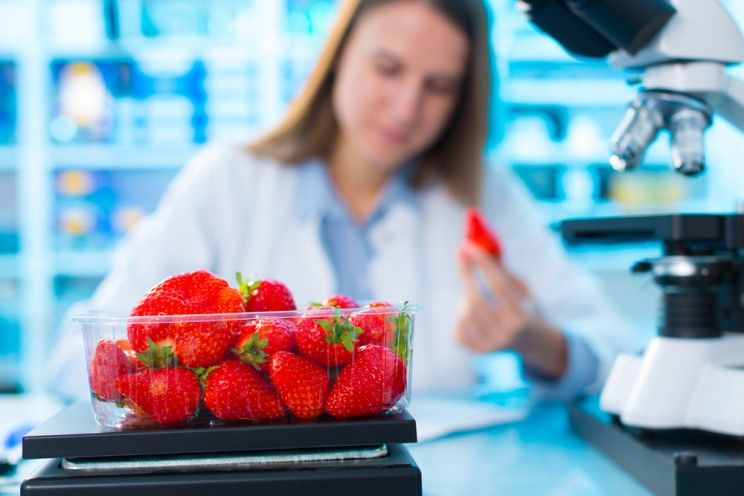
They combine with other factors so that, over time, it becomes more likely for other diseases and conditions to occur. And the results can be downright deadly. One study found that people occupationally exposed to glyphosate, like farmers, had a higher risk of non-Hodgkin’s lymphoma, even after accounting for other pesticides.
The danger isn’t just for farmers, either. Because 75 percent of the food sold at stores contains GMOs, or genetically modified organisms, the chances are high that you’re coming into contact with glyphosate residue.
And any animal who came into contact with Roundup, whether they were eating non-organic corn or grazing on GMO wheat, will have traces of the herbicide in its products.
And these herbicide amounts keep increasing. Because of the rise of Roundup-resistant crops, farmers now spray entire fields without fear of their crops dying.
So while a generation ago, consumers might have gotten some herbicides in their food, levels are much higher today. Data from the Environmental Protection Agency shows that in 2007, farmers used about 185 million pounds of glyphosate, about double the amount they’d used in 2001, just six years earlier.
What Happens When You Eat Glyphosate
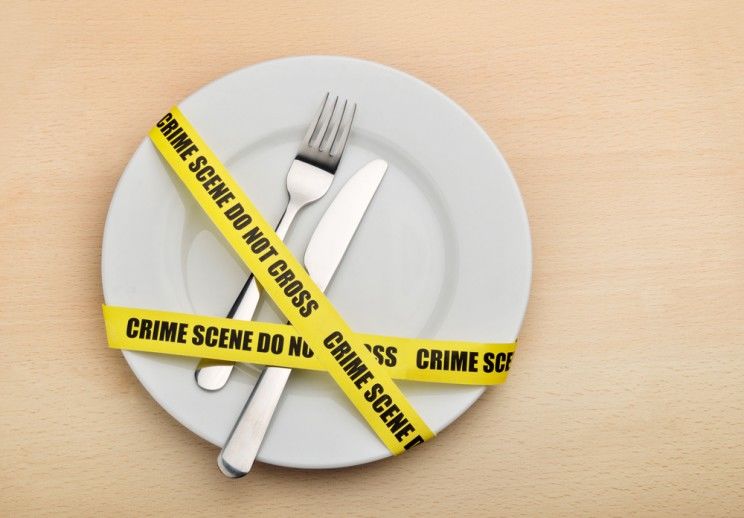
That means each time you use the food products of a blissfully unaware, corn-chomping cow — when you bite into a steak or drink non-organic milk — you’re exposing yourself to a dangerous toxin.
Cows don’t appreciate it either; studies have found that glyphosate is toxic to their metabolism. In the study, all the cows had various levels of glyphosate in their urine, along with different degrees of organ, liver, and kidney damage.
People are beginning to take notice. In Argentina, where the use of Roundup has turned the country into the world’s third-largest soybean producer, a report by the Ministry of Health found that, between 2005 and 2009, cancerous tumors were double the national average where GMO crops were grown and chemicals like glyphosate were used. Now, more than 30,000 doctors and health professionals in the country are urging their government to ban Monsanto products and glyphosate.
And in Colombia, where the country is battling a growth of illegal coca crops, the Ministry of Health has urged the president to suspend the use of Roundup in eliminating the crops.
Glyphosate Can Even Affect Farms Who Don’t Use It
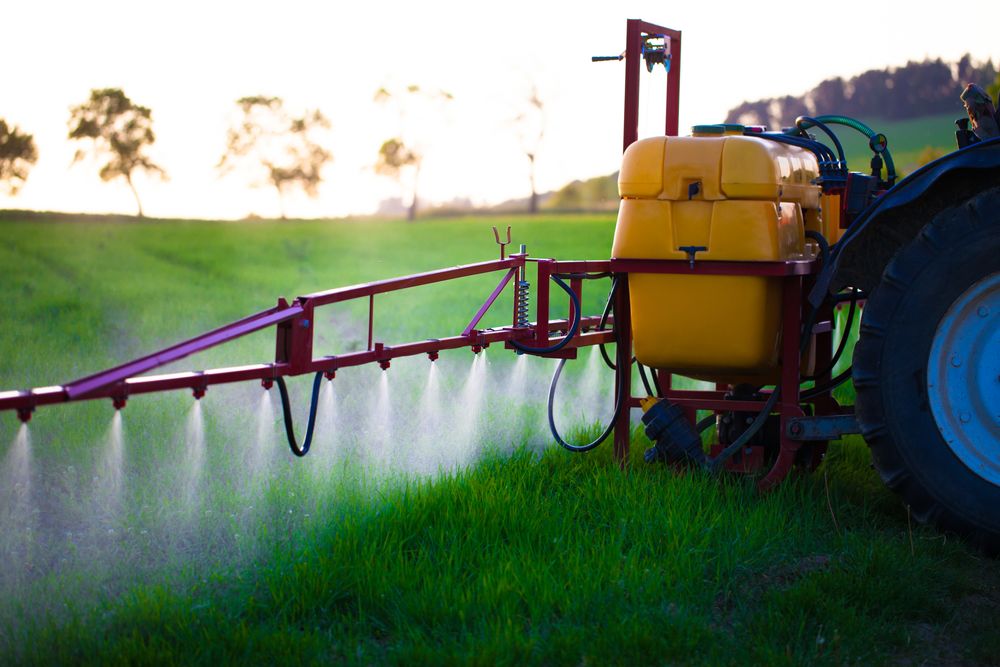
Drift “damages crops…hurts wildlife, and contaminates water supplies. Herbicide drift can also deposit illegal residues on edible crops, especially organic crops or processed crops that are checked for contaminants.”
There are ways for farmers to reduce herbicide drift, but it’s hard to control. Glyphosate particles can move long distances because of high wind or changes in temperature.
They’re also carried around by our friends in nature. A 2015 study found that 62 percent of conventional honey and a whopping 45 percent of organic honey contained levels of glyphosate above the minimum established limits. Yup, even the organic honey was contaminated. Sadly, it’s nearly impossible for modern-day honeybees to avoid things like herbicides, pesticides, and other toxins in their natural hunt for nectar.
Interestingly, the study also looked at where the honey was produced. The honey from countries that allowed GMO crops had the highest levels of glyphosate in their honey — and the U.S.-made honey contained the highest levels.
What Can We Do?
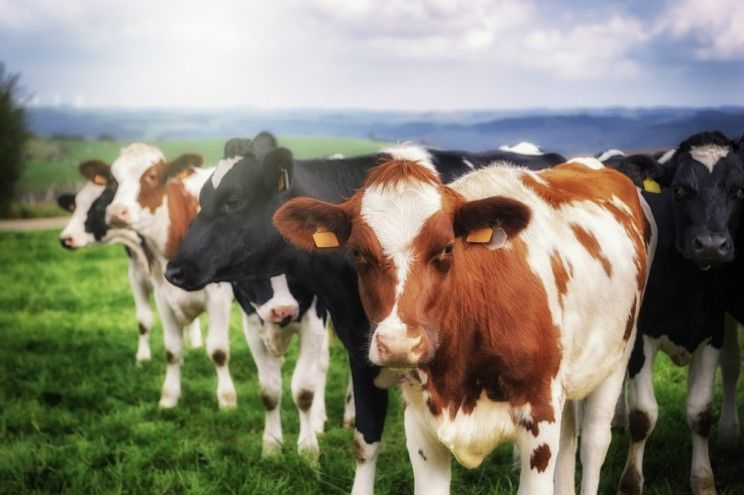
We’re fortunate that, as consumers, we have the option of choosing grass-fed, organic products to get the most nutritional bang for our buck and ensure we’re eating safe, healthy foods. [tweet_quote] When buying a product, look for ones that come from organic, grass-fed cows. [/tweet_quote] By law, GMOs are prohibited in organic products; GMO seeds can’t be used and the animals can’t eat GMO feed.
Because of cross-contamination and natural factors, a product might not be 100 percent GMO-free, but it’s guaranteed that any GMO trace will be significantly lower than the traditional version.
Learning where your food is coming from is another way to ensure you’re getting high-quality products. Visit your local farmer’s market and ask questions like what the animals eat, how crops are being protected from weeds, and whether they’re following organic principles (for some small-scale farmers, becoming certified organic can be too costly of a process).
We understand that choosing organic products isn’t always the cheapest option; we’re on a budget, too. But organic foods often have higher nutritional value than their conventional counterparts and can protect your body’s health in the long run.
One study compared three different types of soybeans: GMO soy, “normal” soy, and organic soy. The organic soybeans had the healthiest profile of the three. They had significantly more protein, more zinc, and no traces of glyphosate. A slightly higher price now can save you thousands in medical bills and pain in the long run.
Take note that, unless it’s organic, any food with canola, corn, or soy in its ingredient list probably contains GMOs and traces of glyphosate.
Knowing that glyphosate and other unnatural ingredients are lurking in our food supply is disheartening. But by taking steps to lessen your chances of consuming it and becoming an active consumer, you can take charge of your body and health.
Justin Mares is the founder of Kettle & Fire bone broth, the 1st shelf-stable beef bone broth company.
(Read This Next: An In-Depth Look At GMO Foods: Are They Dangerous?)


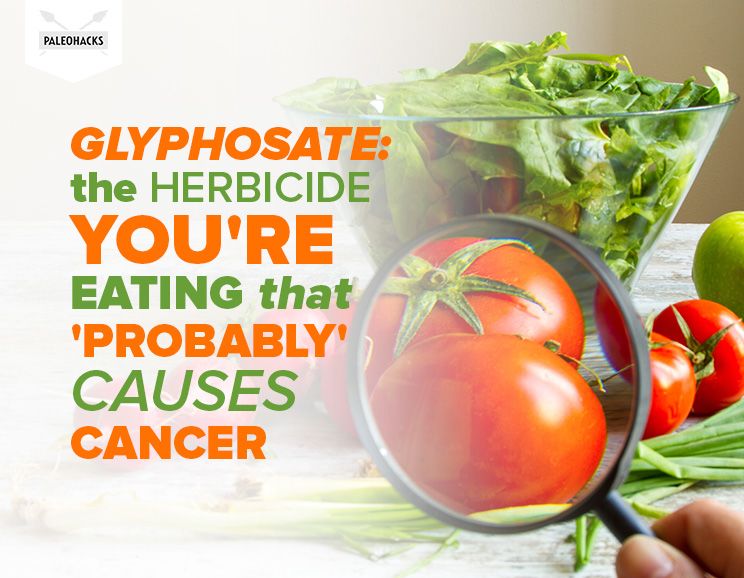
 Crispy Chicken and Waffles
Crispy Chicken and Waffles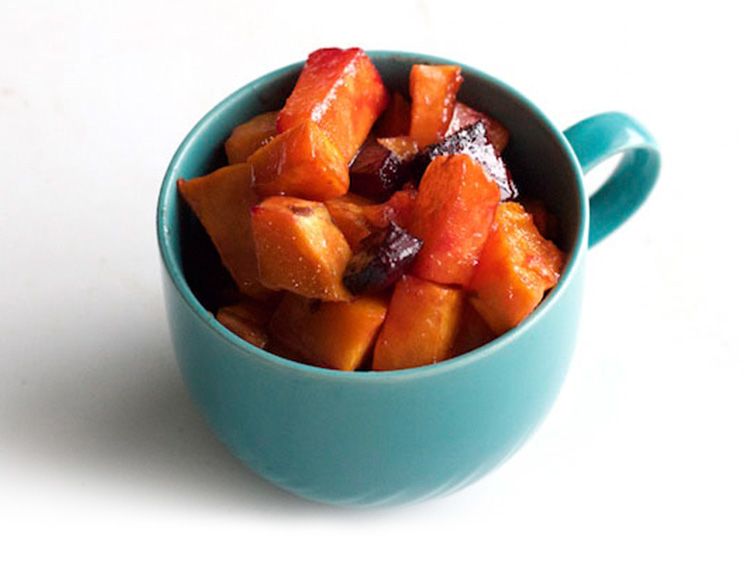

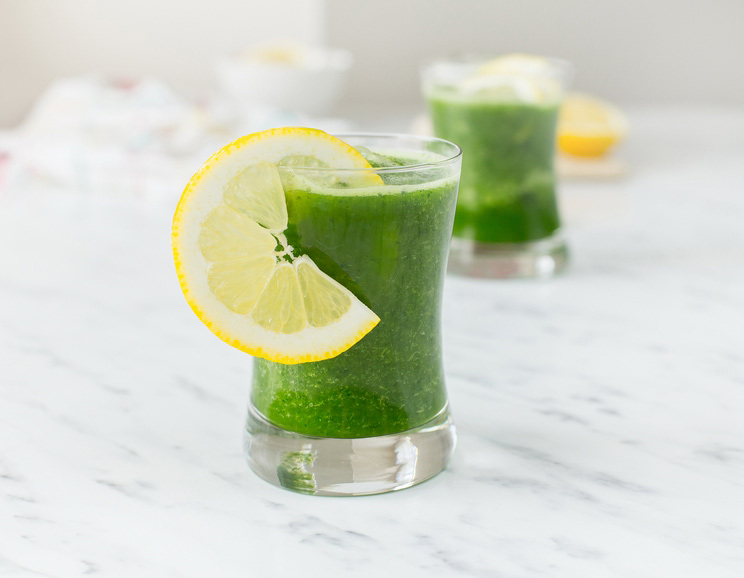

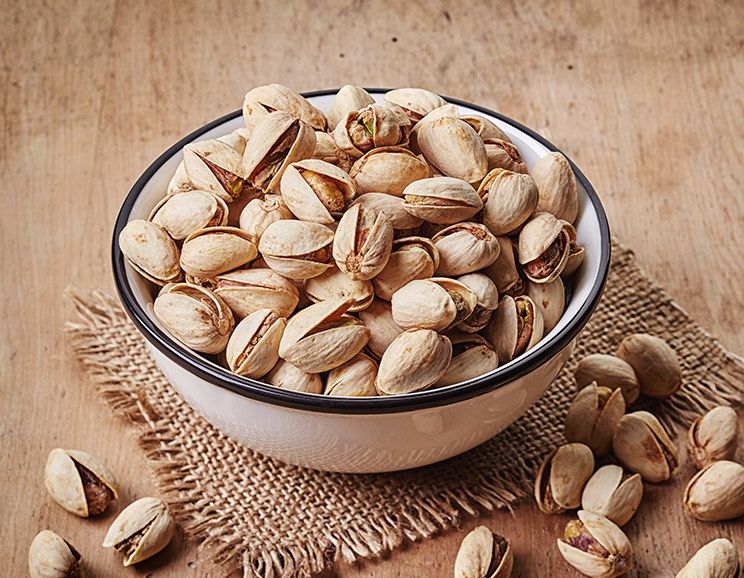
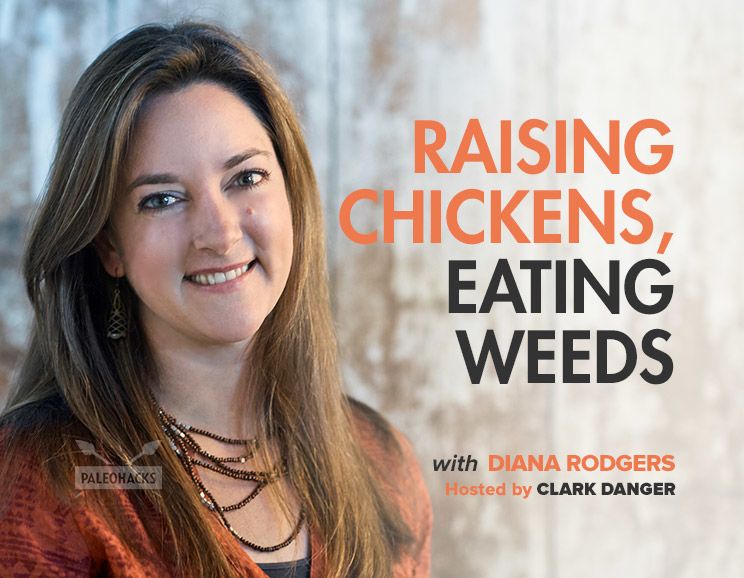

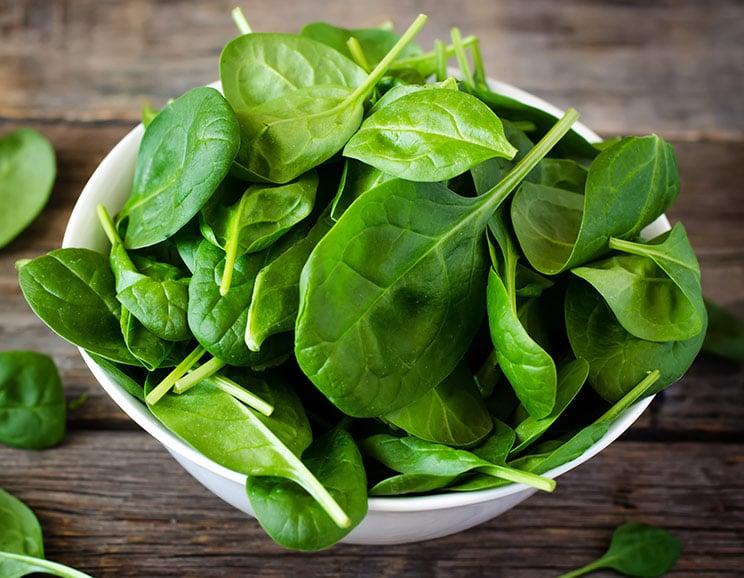
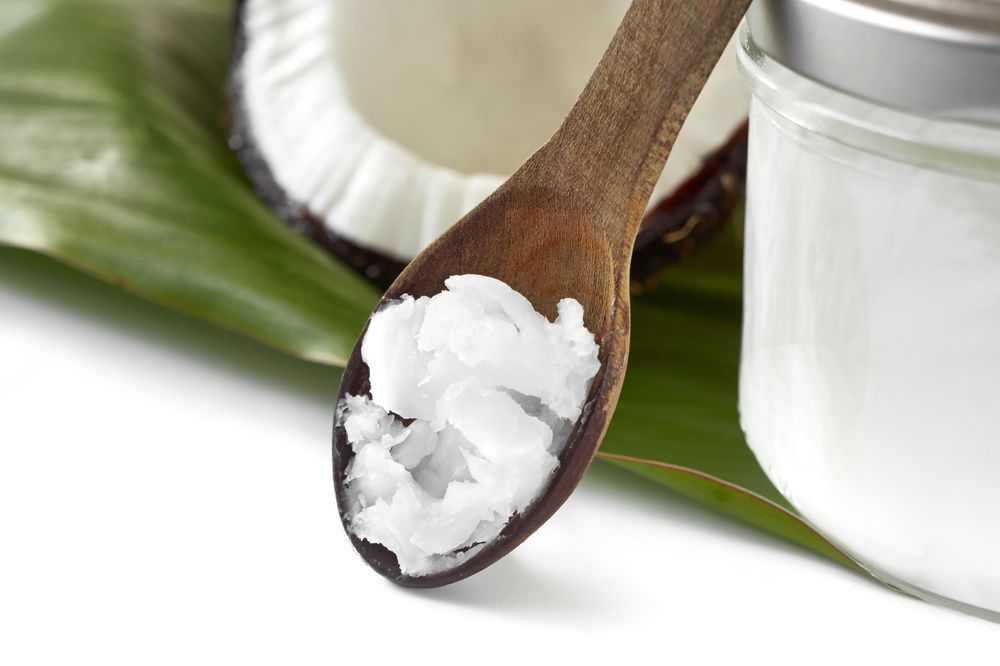
Show Comments